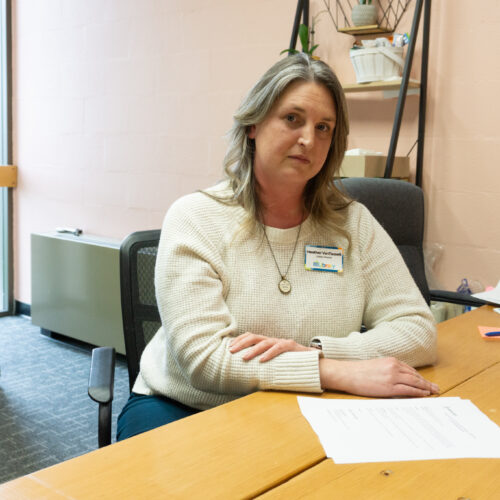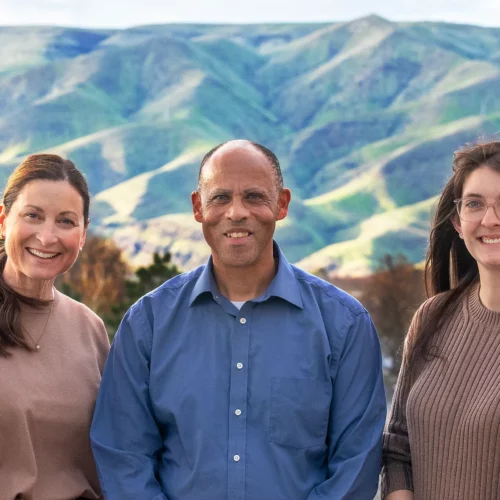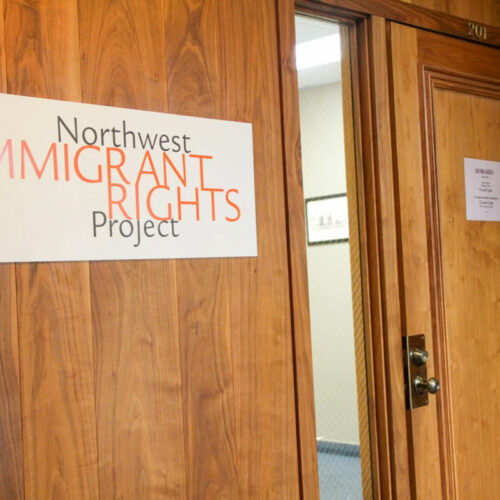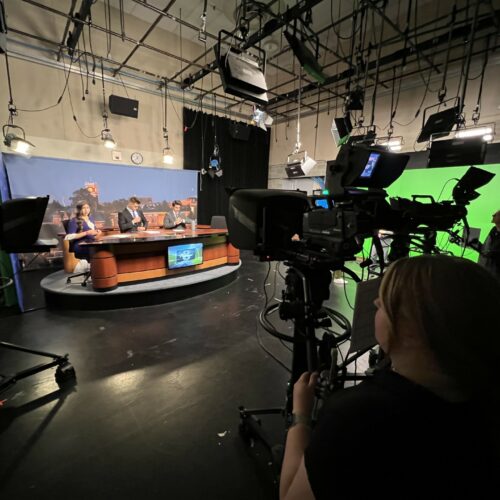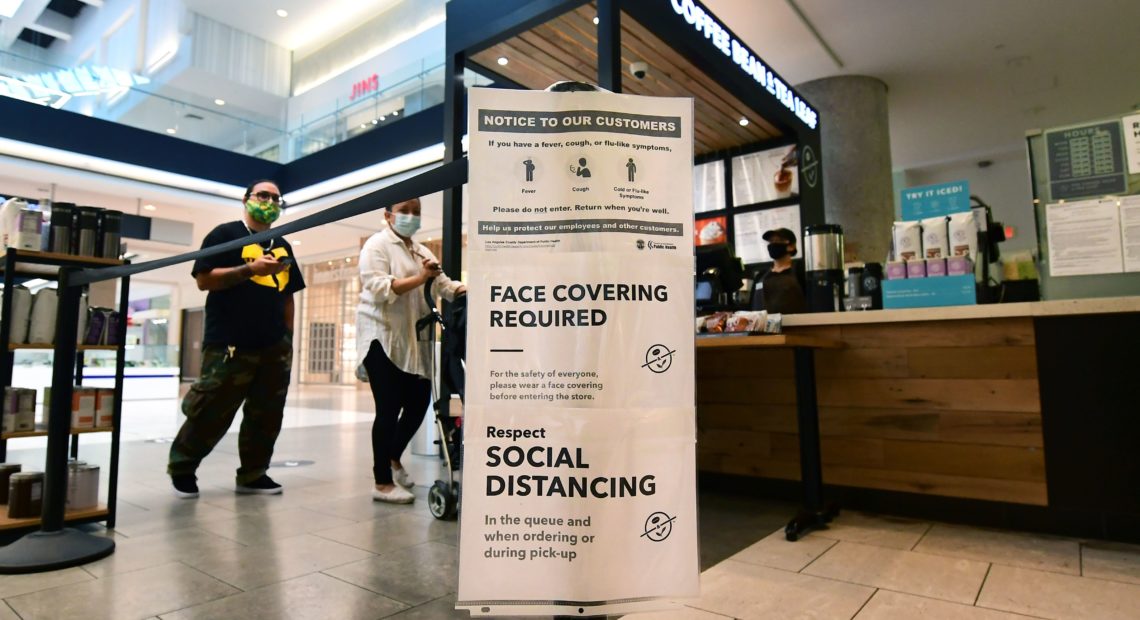
Retail Sales Bounce Up 17.7% After Record Drop As States Reopen
BY ALINA SELYUKH
As more states and cities allowed restaurants and shopping centers to reopen, U.S. retail spending swung big in May, climbing 17.7%, the U.S. Commerce Department said Tuesday.
Spending is still down 6.1% from a year earlier because of the coronavirus pandemic. And economists warn of a long and uncertain recovery. But May’s upswing follows a record historic collapse in March and April, when retail spending nose-dived as people avoided outings for food or shopping, especially for clothes and furniture.
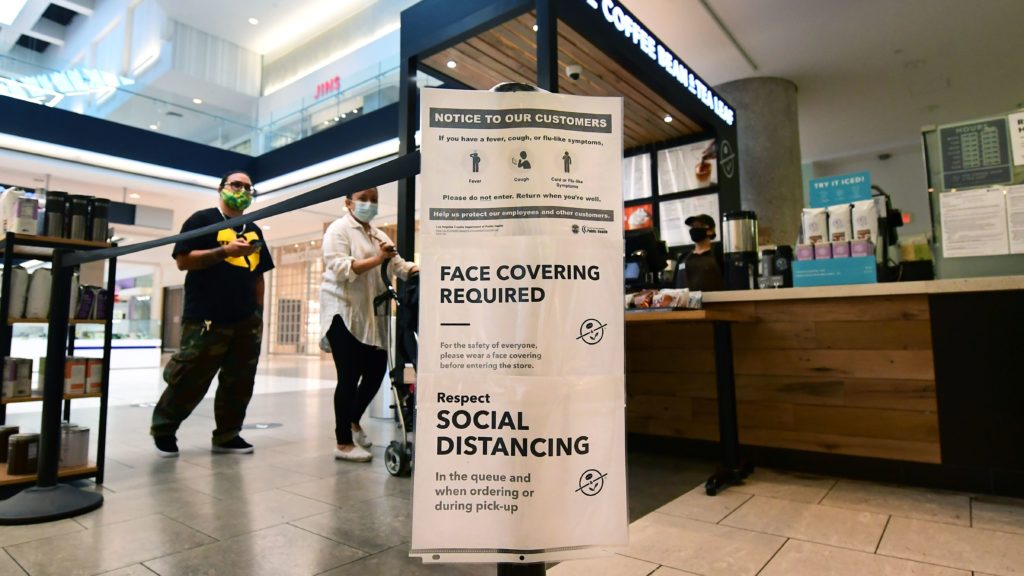
Social distancing instructions are posted at California’s Westfield Santa Anita shopping mall on June 12, as local businesses enter Phase 3 reopening.
CREDIT: Frederic J. Brown/AFP/Getty Images
Retail sales — a measure that includes spending on gasoline, cars, food and drink — are a key part of the economy, which is sputtering back at different rates across the country after weeks of lockdowns. May’s sales also got a boost from people spending their tax refunds and coronavirus financial assistance. As businesses reopen, however, several states have reported new spikes in coronavirus cases.
That has added to warnings that Americans’ shopping habits may be changed for a long time, if not forever. The pandemic, for example, has accelerated the shift to online orders, including food and groceries. This made online retail the only category to see demand grow even during the April meltdown, when retail sales overall fell a revised 14.7% from March.
Here’s where people were spending in May, compared with a month earlier:
- Clothing and accessories stores: +188%
- Furniture stores: +89.7%
- Sports, music and other hobby stores: +88.2%
- Electronics stores: +50.5%
- Department stores: +36.9%
- Restaurants and bars: +29.1%
- Gas stations: +12.8%
- Online retailers: +9%
- Big-box stores: +6%
- Grocery stores: +1.3%
Many of these categories are seeing dramatically lower demand compared with pre-pandemic times. People are still spending much less on clothing and electronics and at gas stations, restaurants and department stores.
Though shoppers appear to have been enthusiastic to enjoy spring air and leave the homes where they’ve been cooped up for weeks, tens of millions remain unemployed. Companies have started to rehire, but the Federal Reserve is projecting that the unemployment rate will still be more than 9% by the end of 2020.
“Is it possible the worst of the coronavirus pandemic is behind us? Maybe, but we are not out of the woods yet, and uncertainty abounds,” National Retail Federation Chief Economist Jack Kleinhenz said earlier this month. “With such [sizable] disruptions, it is difficult to tally the damage or determine the future.”


